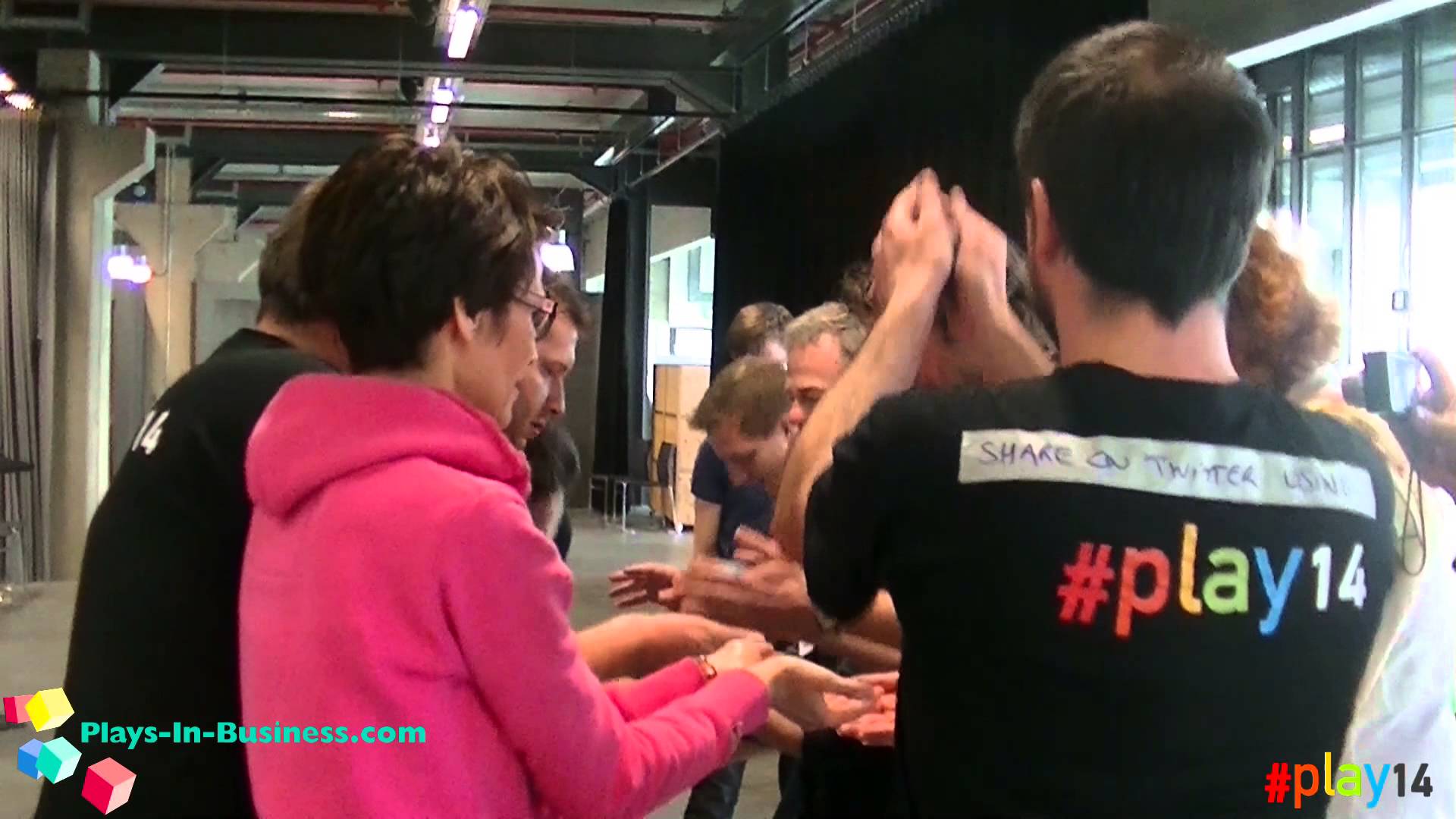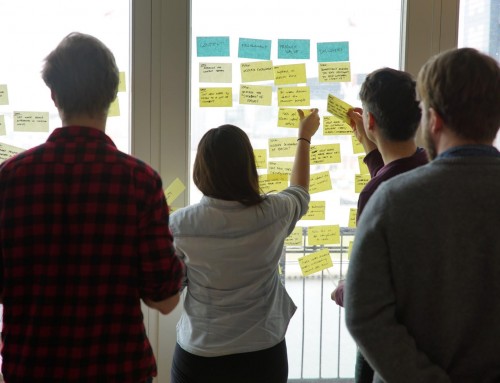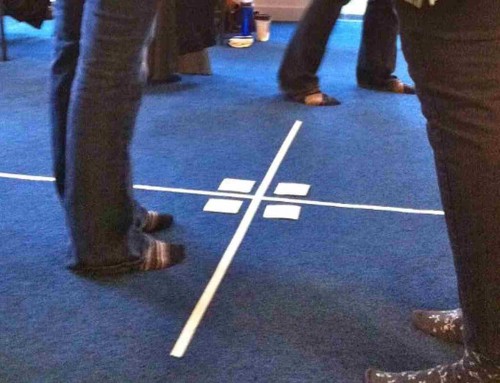Introduction
The Ball Point Game is an Agile Game. It's a fun and exciting way to explore process flow. “Flow” is the mental state of operation in which a person performing an activity is fully immersed in a feeling of energized focus, full involvement, and enjoyment in the process of the activity.
The more people you have, the more exiting it can be.
I played this game at #play14 with about 15 people, but it is an excellent game for large groups up to approximately 50 people.
#play14 is an international gathering for Serious games. #play14 is an unconference for people who share the idea that playing is a good and great way to teach, learn and understand. In March 2015, the 2nd gathering took place in Luxembourg.
Find here the famous Agile Ball Point Game, facilitated by Yann Gensollen. I did the video recording.
Rules
The rules are quite simple:
- Everyone is part of one big team.
- Each ball must have air-time.
- Each ball must be touched at least once by every team member.
- Balls cannot be passed to your direct neighbour left or right.
- Each ball must return to the same person who introduced it into the game.
- There are a total of five iterations.
Playing the Game
- Provide an overview of the game and the rules.
- Allow the team two minutes of preparation time to determine how they will organize themselves.
- Get an estimate from the team of how many balls they can pass through the system.
- Run a two-minute iteration.
- Allow the team one minute to discuss how to improve the process.
- Repeat for five iterations.
Make the fifth iteration a challenge. If you need to, make up some ridiculous statistic such as “The world record is 150 points. Can you beat that?”
Debriefing
- Reflect the Deming Cycle: PDCA (plan–do–check–actor plan–do–check–adjust)
- Every system has a natural velocity.
- Discuss “flow” and the necessary criteria for it.







Leave A Comment